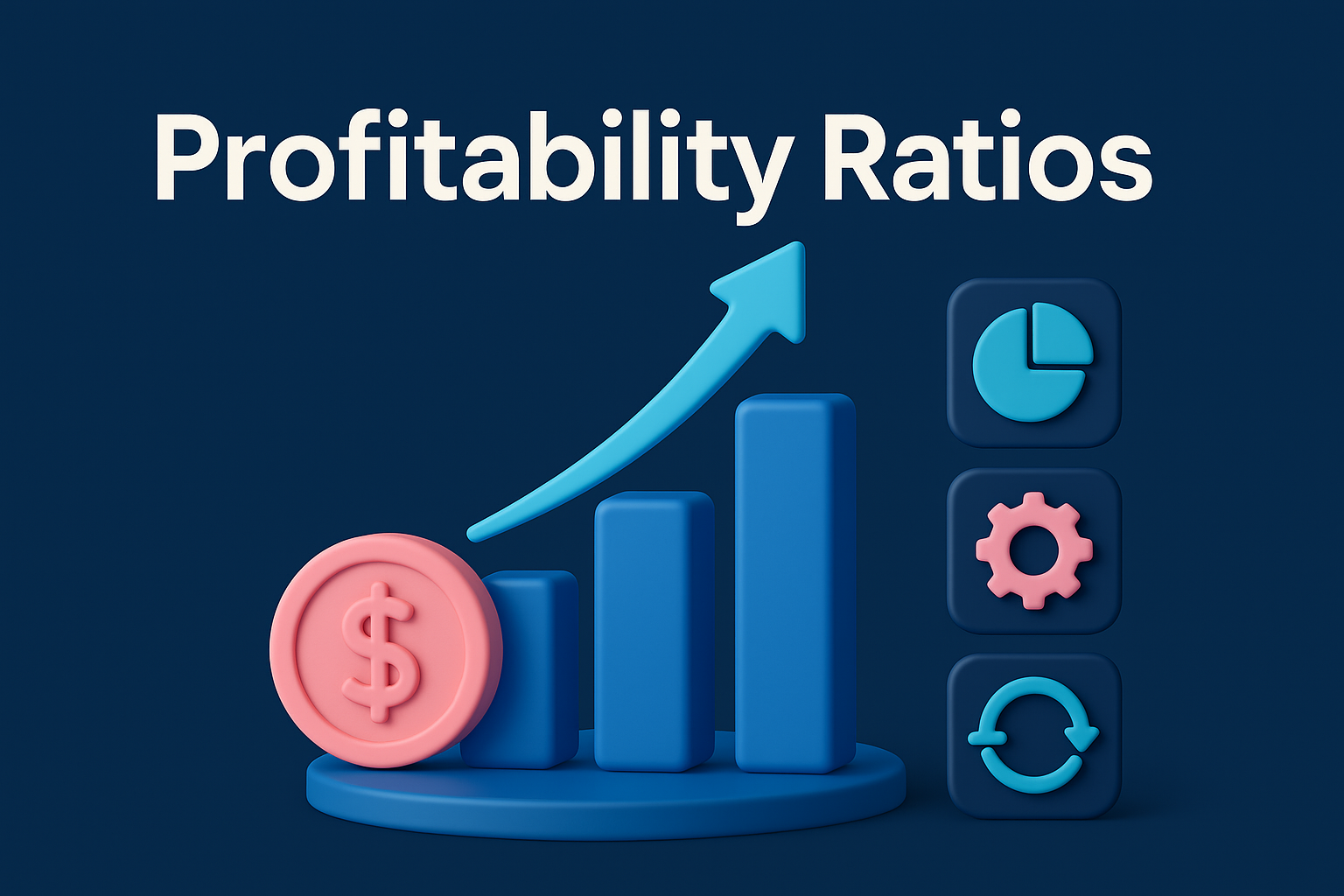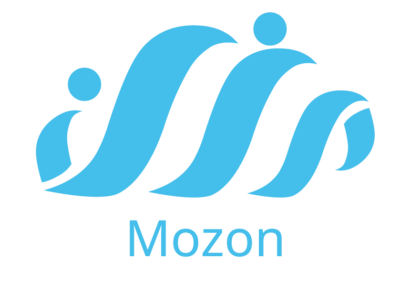Introduction
Inventory is one of the most important assets a company holds. For retailers, wholesalers, and manufacturers, inventory represents a significant share of working capital. How a business values this inventory affects not only its financial statements but also profitability, taxation, and strategic decision-making.
Three of the most widely used inventory valuation methods are:
FIFO (First In, First Out)
LIFO (Last In, First Out)
Weighted Average Cost Method
In this comprehensive guide, we will explain each method, highlight its advantages and disadvantages, provide practical examples, and discuss how choosing the right method impacts your bottom line.
1. What is Inventory Valuation?
Inventory valuation is the accounting practice of assigning a cost to a company’s inventory at the end of a financial period. It affects:
Cost of Goods Sold (COGS)
Gross profit
Taxable income
Balance sheet reporting
Accurate inventory valuation ensures that financial statements reflect a true picture of business performance. Different methods can produce significantly different results, especially in times of price volatility.
2. FIFO – First In, First Out
Definition
FIFO assumes that the oldest inventory items purchased or produced are sold first, while the newest items remain in stock.
Example
Suppose a company buys 100 units at $10 each, and later buys another 100 units at $15 each. If it sells 120 units, under FIFO:
The first 100 sold at $10 = $1,000
Next 20 sold at $15 = $300
Total COGS = $1,300
The remaining 80 units in inventory are valued at $15 = $1,200.
Advantages
Matches the natural flow of goods (oldest stock sold first).
Provides higher inventory values on the balance sheet during inflation.
Generally accepted by international accounting standards (IFRS).
Prevents obsolescence and spoilage for perishable goods.
Disadvantages
Higher reported profits in inflationary environments → higher taxes.
May not reflect actual physical flow in certain industries.
3. LIFO – Last In, First Out
Definition
LIFO assumes that the newest inventory items are sold first, while older inventory remains in stock.
Example
Using the same data:
100 units purchased at $10
100 units purchased at $15
If 120 units are sold, under LIFO:First 100 sold at $15 = $1,500
Next 20 sold at $10 = $200
Total COGS = $1,700
The remaining 80 units are valued at $10 = $800.
Advantages
Matches current costs with current revenues (COGS reflects recent prices).
Reduces taxable income during inflation → tax savings.
Useful in industries with rising input costs.
Disadvantages
Not permitted under IFRS (allowed under US GAAP).
Ending inventory may appear undervalued on the balance sheet.
Can result in distorted profits if older inventory remains for years.
4. Weighted Average Cost Method
Definition
The weighted average method calculates inventory cost based on the average cost of all units available during the period.
Formula
Average Cost per Unit=Cost of Goods AvailableUnits AvailableAverage\ Cost\ per\ Unit = \frac{Cost\ of\ Goods\ Available}{Units\ Available}Average Cost per Unit=Units AvailableCost of Goods Available
Example
100 units at $10 = $1,000
100 units at $15 = $1,500
Total cost = $2,500 / 200 units = $12.50 per unit
If 120 units are sold:
COGS = 120 × $12.50 = $1,500
Ending inventory = 80 × $12.50 = $1,000
Advantages
Smooths out price fluctuations.
Easy to apply in industries with indistinguishable items (e.g., liquids, grains).
Accepted under both IFRS and US GAAP.
Disadvantages
Less accurate reflection of actual inventory flow.
Can obscure profit margins when prices fluctuate significantly.
5. Comparing FIFO, LIFO, and Weighted Average
| Criteria | FIFO | LIFO | Weighted Average |
|---|---|---|---|
| COGS during inflation | Lower (older costs) | Higher (recent costs) | Middle (average costs) |
| Ending inventory value | Higher (newer costs remain) | Lower (older costs remain) | Middle (averaged costs) |
| Tax impact in inflation | Higher taxable income | Lower taxable income | Neutral effect |
| Accepted by IFRS | ✔ Yes | ✘ No | ✔ Yes |
| Accepted by US GAAP | ✔ Yes | ✔ Yes | ✔ Yes |
| Best for industries | Perishable goods, retail | Raw materials with rising costs | Bulk goods, commodities |
6. Which Method Should You Choose?
The right inventory valuation method depends on:
Regulatory requirements: IFRS vs. US GAAP.
Industry type: Perishable vs. durable goods.
Tax strategy: Minimize or maximize taxable income.
Financial goals: Presenting higher profits vs. reducing tax liabilities.
Price trends: Stable, rising, or falling input costs.
Businesses often consult accountants and auditors to align valuation methods with overall strategy.
7. Common Mistakes in Inventory Valuation
Using inconsistent methods across periods.
Ignoring the impact of inflation or deflation.
Applying a method that is not compliant with accounting standards.
Poor integration of inventory systems with accounting.
Failing to update methods when industry or cost structures change.
8. Role of Technology in Inventory Valuation
Modern ERP and inventory management systems automate the process of valuation by:
Assigning FIFO, LIFO, or Weighted Average automatically.
Updating COGS and balance sheet values in real-time.
Generating compliance-ready reports.
Providing simulation tools to compare valuation impacts.
Conclusion
Inventory valuation methods are more than accounting choices—they directly affect profits, taxes, and financial reporting.
FIFO is ideal for businesses that want higher inventory values and follow the natural flow of goods.
LIFO can benefit companies facing rising costs by lowering taxable income (but it’s not IFRS-compliant).
Weighted Average provides balance and simplicity, especially in industries where items are indistinguishable.
Choosing the right method requires understanding your business, industry, and regulatory environment.
Next Step: Automate Valuation with Mozon ERP
Manual calculations and spreadsheets often lead to errors and inefficiencies. An integrated system like Mozon Resource Planning provides:
Automated inventory valuation across FIFO, LIFO, and Weighted Average.
Seamless integration with purchasing, sales, and financial modules.
Real-time dashboards and analytics for decision-makers.
With Mozon ERP, inventory valuation becomes not only accurate but also a strategic tool for profitability and growth.





